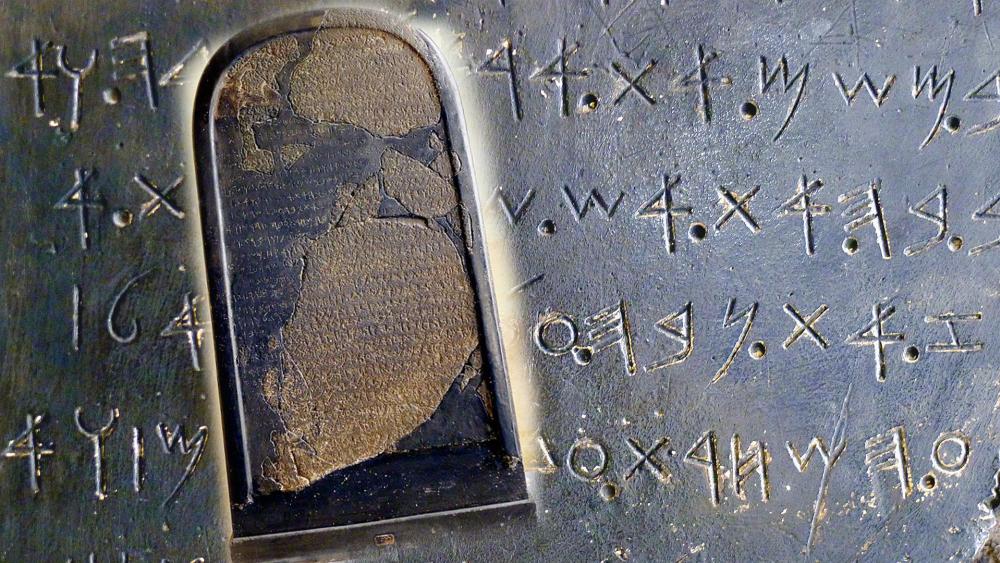Story written by John Waage
JERUSALEM, Israel — Researchers at the Louvre Museum in Paris have confirmed that the text on an ancient stone on display there, the Moabite Stone, also known as the Mesha Stele, refers to King David in the Bible.
The Moabite Stone, dating back to 840 BC, was found fragmented, in 1868, in the region of Moab in Jordan, about 15 miles east of the Dead Sea.
Listen to the latest episode of CBN’s Quick Start podcast 👇
The stone sustained further damage in 1869, but archaeologists had earlier made a paper-mache likeness of the text, which was written in an extinct Moabite language, and described events in the Book of Kings from the Old Testament.
The stele includes phrases such as “House of David” and “Altar of David,” but the damage to the stone’s face made accurate translation of the text difficult.
By using newer technology, including enhancing techniques in digital photography, researchers verified that the text does refer to the biblical King David.
The Moabite Stone is about 3 feet tall by 2 feet wide and was hewn out of black basalt. On it was inscribed the deeds of the Moabite King Mesha, including territorial battles against Judah, Israel, and Edom.
The description of the House of David on the stone is only five letters, BTDWD, which in Hebrew would refer to BT or Beit (House) and DWD (David).
The references in the Bible are found in 2 Kings, Chapter 3.
***As the number of voices facing big-tech censorship continues to grow, please sign up for Faithwire’s daily newsletter and download the CBN News app, developed by our parent company, to stay up-to-date with the latest news from a distinctly Christian perspective.***



